In the ever-shifting realm of graphic design, staying in step with the latest software isn’t just a choice; it’s the key to crafting mesmerizing visuals and nurturing your creative prowess. As we embrace the new dawn of 2023, the canvas of graphic design stands ready to unfurl fresh patterns, with software innovators continuously redefining the borders of creativity. Within this comprehensive guide, we embark on a journey to reveal the 12 paramount graphic design software options set to make waves this year. Whether you’re a seasoned design virtuoso or an emerging enthusiast, these tools shall be your trusted artistic companions, bringing your imaginative visions to life. So, let’s plunge into the ever-inspiring galaxy of graphic design and unearth the avant-garde tools that await.
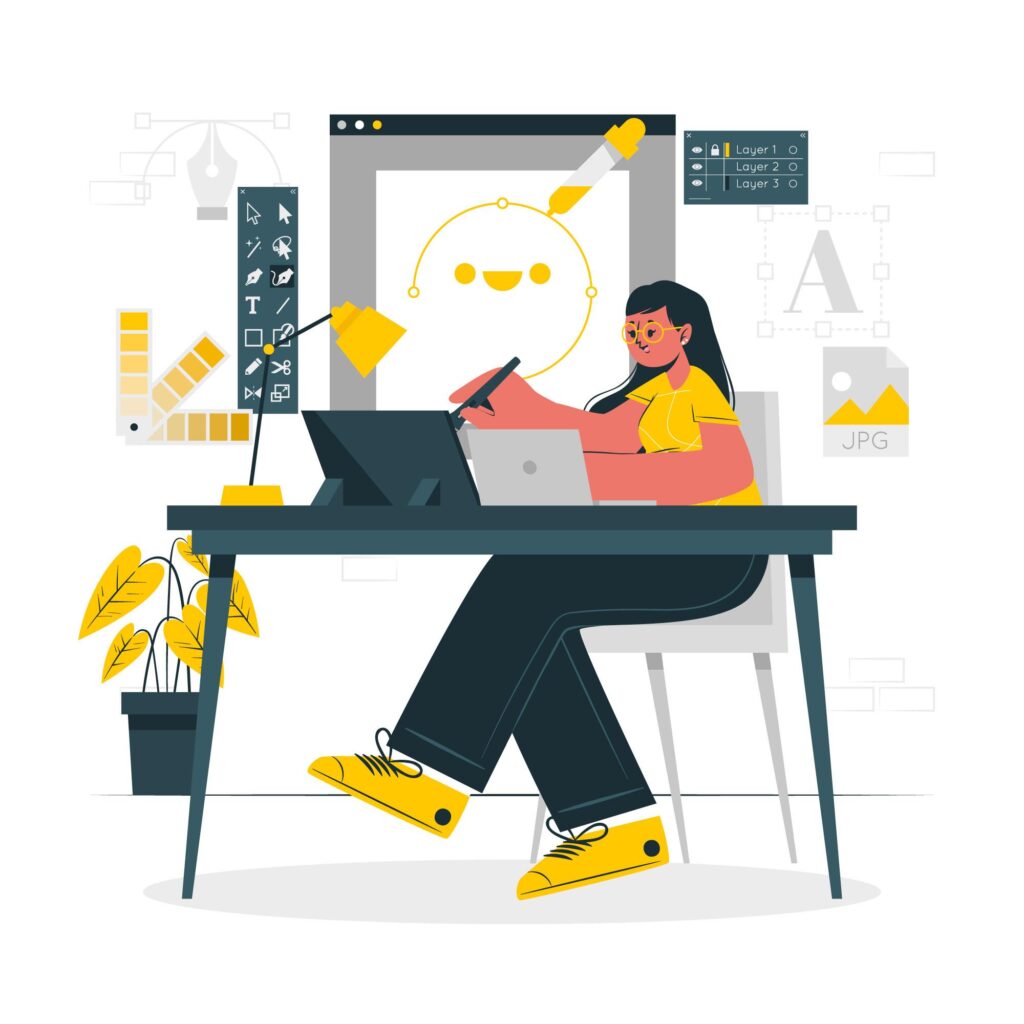
1. Adobe Creative Cloud :

No list of graphic design software can start without mentioning Adobe Creative Cloud. In 2023, Adobe’s suite continues to be the industry standard, with software like Photoshop, Illustrator, and InDesign leading the way. These tools offer unparalleled versatility, making them essential for professionals across various design disciplines.
Pros: Industry standard, extensive features, excellent community support.
Cons: High subscription cost, steep learning curve for beginners.
2. CorelDRAW Graphics Suite :
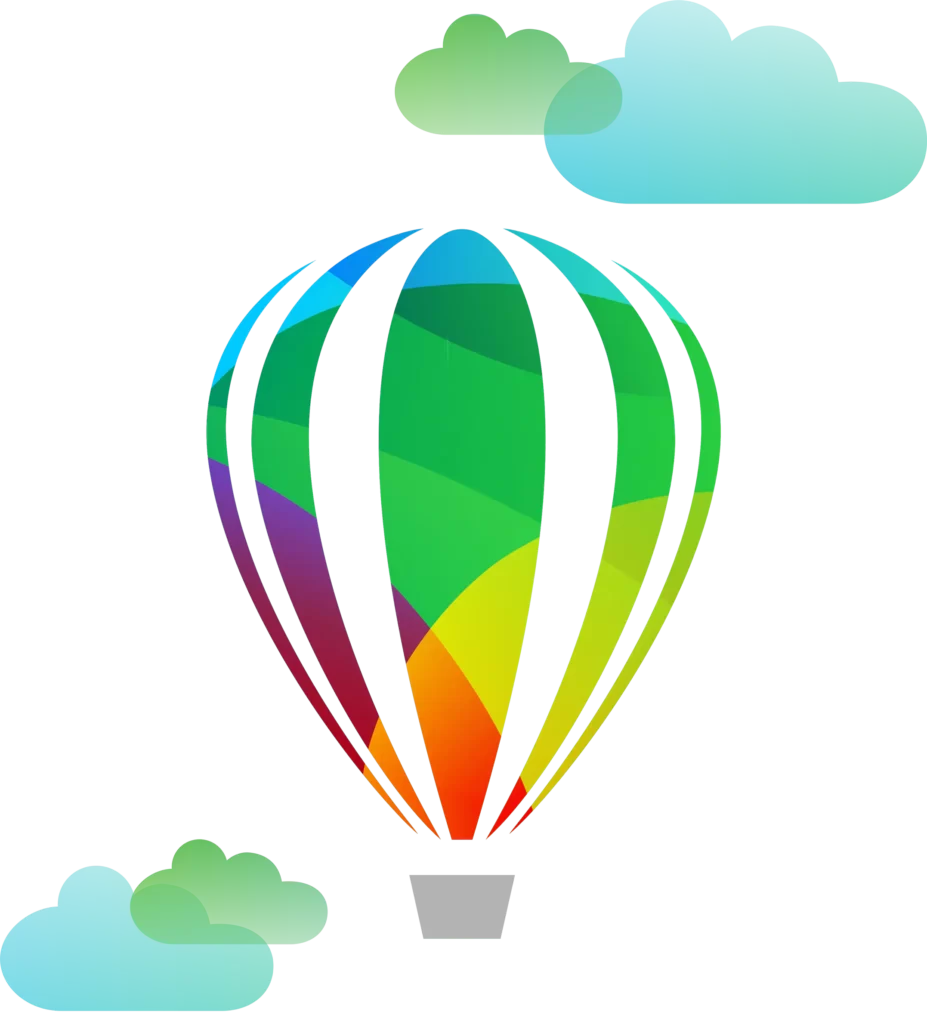
CorelDRAW Graphics Suite remains a top contender, boasting a comprehensive set of tools for vector illustration and graphic design. With improved performance and new features, it’s an excellent choice for those looking for an alternative to Adobe’s offerings.
Pros: Versatile, robust vector capabilities, competitive pricing.
Cons: Not as widely used as Adobe products, fewer third-party plugins.

bud!
3. Affinity Designer :

Affinity Designer, developed by Serif, has been gaining traction rapidly. Its affordability and powerful features make it a favorite among both beginners and professionals. The software’s intuitive interface and impressive performance ensure a seamless design experience.
Pros: Affordable one-time purchase, excellent performance, intuitive UI.
Cons: Smaller user base, fewer advanced features compared to Adobe.
4. Sketch :

For those focused on user interface and web design, Sketch remains a top pick. With a user-friendly interface and a range of plugins, it’s ideal for creating sleek and functional designs.
Pros: Focused on UI/UX design, streamlined interface, strong community.
Cons: MacOS only, limited use for non-web design tasks.
5. Figma :
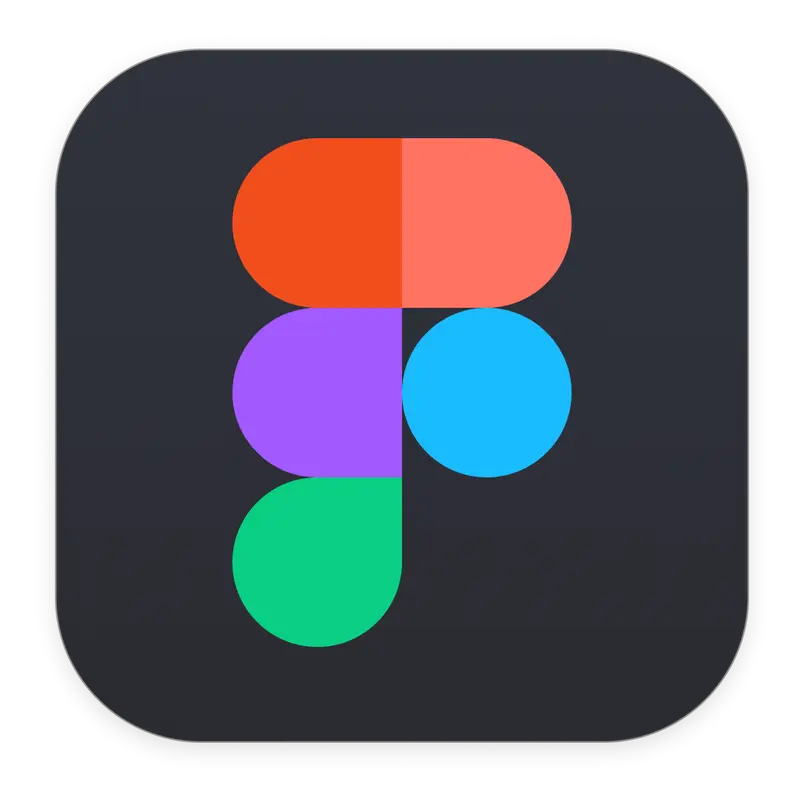
In the dynamic world of 2023, collaboration takes center stage, and Figma is the undisputed champion in this arena. Operating from the cloud, it seamlessly streamlines cooperation among designers, developers, and stakeholders, becoming the quintessential choice for synchronized teamwork in the design realm.
Pros: Web-based, real-time collaboration, platform-independent.
Cons: Requires internet access, some features may feel basic.
6. Gravit Designer :
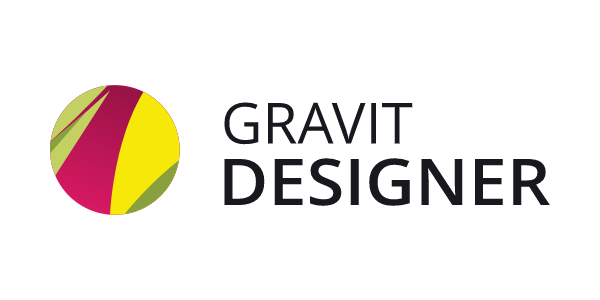
Gravit Designer unfolds as an enchanting cloud-based haven, a sanctuary for vector design, illustration, and prototyping enthusiasts. Its gentle learning curve and harmonious cross-platform compatibility position it as a formidable contender in the realm of graphic design, a testament to its accessibility and versatility.
Pros: Cloud-based, cross-platform, free and paid versions.
Cons: Fewer advanced features, limited offline capabilities.
7. Canva :

Canva shines as a welcoming haven for budding designers and non-aficionados alike in the realm of graphic design. Sporting a seamless drag-and-drop interface and boasting an expansive treasure trove of templates, it emerges as an ideal companion for crafting diverse creations such as social media visuals, marketing collateral, and beyond. Article Sponsored Find something for everyone in our collection of colourful, bright and stylish socks. Buy individually or in bundles to add color to your sock drawer!
Pros: User-friendly, extensive template library, suitable for non-designers.
Cons: Limited customization for professional designers, subscription for premium features.

bud!
8. Inkscape:

Inkscape emerges as a radiant star in the graphic design constellation, a free and open-source gem that continually garners favor among designers. Its ascent is a testament to its compelling blend of affordability and potent capabilities, serving as a beacon of hope for those navigating the tight corridors of budget constraints, offering a gateway to formidable design prowess without the accompanying financial burden.
Pros: Free and open-source, powerful vector tools, active community.
Cons: Learning curve for beginners, lacks some advanced features.
9. Procreate:

Procreate is the go-to software for digital artists and illustrators. With its natural drawing experience and impressive brushes, it’s a must-have for anyone looking to create digital artwork.
Pros: Excellent for digital art, natural drawing experience, extensive brush library.
Cons: Limited to iPad, not suitable for complex vector work.
10. GIMP:

The GNU Image Manipulation Program, or GIMP, is a free and open-source alternative to Photoshop. It’s a versatile tool for photo retouching, image editing, and graphic design, suitable for budget-conscious designers.
Pros: Free and open-source, advanced photo editing, active community.
Cons: Steeper learning curve, less intuitive than some paid alternatives.
11. Clip Studio Paint :
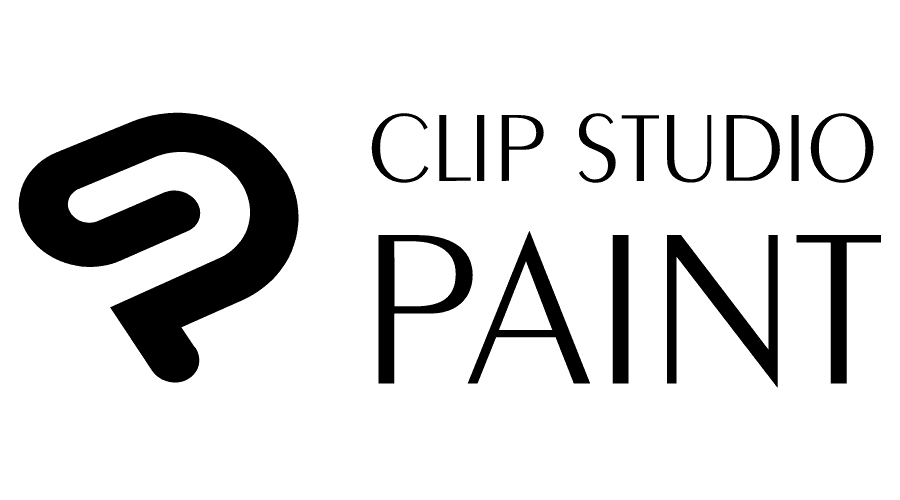
Clip Studio Paint is a favourite among manga and comic artists. Its specialized features for illustration, comic creation, and animation make it an essential tool for those in the field.
Pros: Specialized for manga/comics, versatile drawing tools, animation support.
Cons: Focused on niche market, not ideal for other design tasks.
12. Xara Designer Pro X :

Xara Designer Pro X is a lesser-known gem that offers powerful vector design, photo editing, and web design capabilities. It’s an all-in-one solution that’s perfect for creative professionals.
Pros: All-in-one design solution, competitive pricing, extensive design capabilities.
Cons: Smaller user base, less industry recognition.
Conclusion:
In the vibrant landscape of 2023, the realm of graphic design opens up a rich tapestry of software choices, each tailored to diverse needs and preferences. Whether you’re a seasoned professional seeking the industry’s benchmark or an aspiring creator mindful of your budget, rest assured, there exists a graphic design tool ideally suited for you. These twelve pinnacle graphic design software selections stand poised to revolutionize the creative arena this year, brimming with innovation and heightened performance. Embrace these cutting-edge tools to unearth your boundless creative potential, crafting visually mesmerizing designs. Remember, the path to design excellence hinges upon keeping abreast of the latest software trends, ensuring you remain at the forefront of this perpetually evolving domain.

